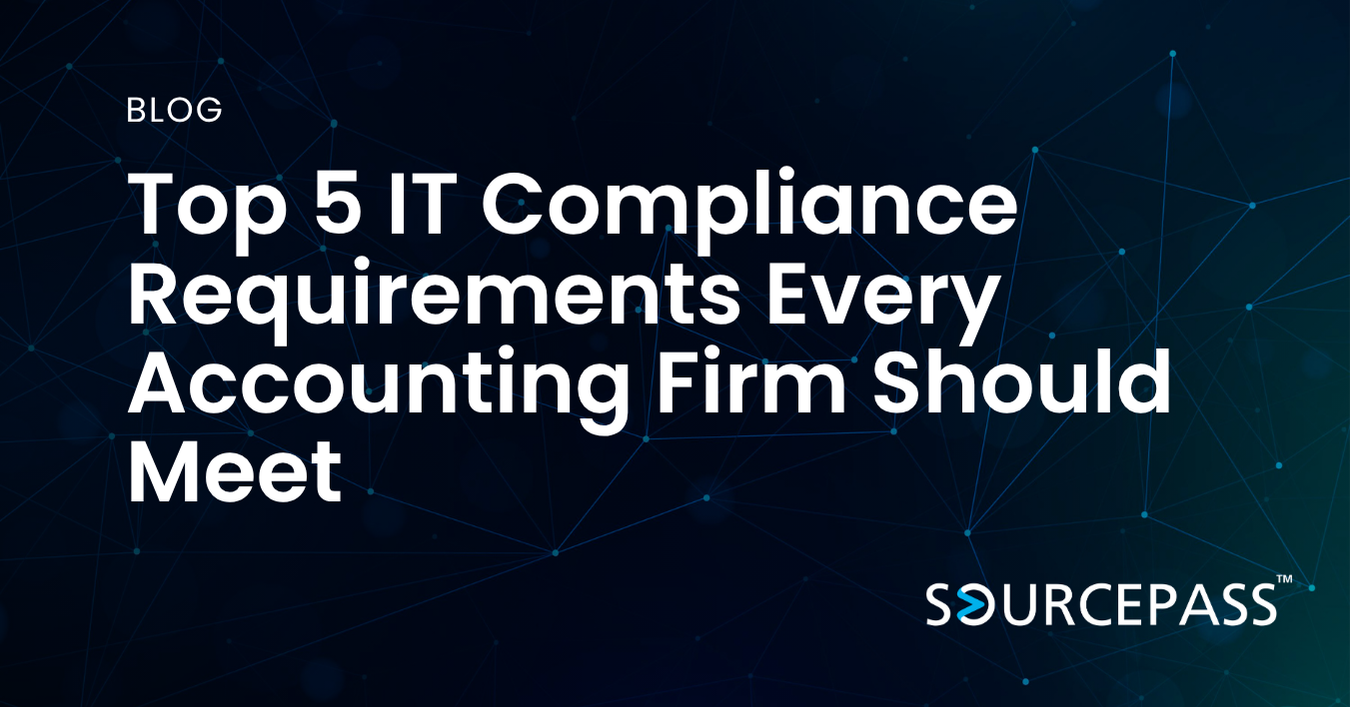Microsoft 365 Security Best Practices for Growing Firms
Nov 03, 2025 Alex Davis Microsoft 365 | Cybersecurity 3 min read



Strengthening Microsoft 365 Security for a Growing Business
As organizations expand and adopt more cloud-based tools, Microsoft 365 often becomes the core platform for productivity, collaboration, and communication. But growth also introduces risk—especially when multiple users, devices, and data sources connect daily.
Securing Microsoft 365 requires more than basic setup. It involves leadership commitment, layered defenses, and continuous improvement. This guide outlines essential Microsoft 365 security best practices every growing firm should implement to protect users, data, and compliance posture.
Essential Microsoft 365 Security Practices
1. Leadership Buy-In
Executive commitment is essential for prioritizing cybersecurity organization-wide. Leadership support ensures security initiatives are properly funded, communicated, and enforced. This top-down alignment makes policies more effective and encourages employees to take security seriously.
2. Multi-Factor Authentication (MFA)
MFA is one of the most effective defenses against unauthorized access. Require MFA for all users, especially administrators, to reduce the risk of compromised credentials. Pair MFA with strong password policies and phishing-resistant authentication methods when possible.
3. Password and Access Controls
Strong password management reduces risk from weak or reused credentials. Combine complex password requirements with Conditional Access Policies to restrict sign-ins based on device health, location, or behavior. This helps block unauthorized access from unknown or high-risk sources.
4. Apply the Least Privilege Principle
Grant users only the permissions they need to perform their roles. Review group memberships and guest accounts regularly to identify unnecessary privileges. Limiting admin access reduces the impact of potential breaches and insider threats.
5. Proactive Monitoring
Continuous visibility is key to threat prevention. Enable alerts for suspicious logins, email forwarding rules, and unusual user behavior. Microsoft 365’s built-in monitoring tools can help detect threats early and prevent small issues from becoming major incidents.
6. Activate Microsoft Defender for Office 365
Defender for Office 365 adds an extra layer of protection by scanning emails, links, and attachments for malicious content. It also monitors SharePoint, OneDrive, and Teams for compromised files or data leaks.
7. Protect and Classify Data
Use encryption and sensitivity labels to protect confidential data across all endpoints. Classify information based on its importance and apply policies that prevent unauthorized sharing outside the organization.
Ongoing Compliance and Continuous Improvement
1. Use Audit Logs and Dashboards
Audit logs help track user activity, data access, and configuration changes in real time. Regular monitoring improves accountability and helps identify potential insider or external threats.
2. Measure Progress with Secure Score
Microsoft’s Secure Score tool benchmarks your organization’s security posture and provides actionable recommendations for improvement. Reviewing this score regularly helps teams stay proactive in addressing vulnerabilities.
3. Conduct Regular Role and Access Reviews
Periodically verify administrator rights and ensure only necessary personnel have security-critical access. Revoke unused or outdated roles to reduce risk exposure.
4. Invest in User Education
Employees are the first line of defense. Regularly train staff on identifying phishing attempts, handling sensitive data, and keeping devices secure. Awareness training helps reduce accidental breaches.
5. Maintain Documentation and Risk Reviews
Keep compliance documentation current, including security policies, incident response plans, and account recovery procedures. Conduct periodic risk reviews to ensure alignment with evolving business needs and regulatory standards.
Why Microsoft 365 Security Matters for Expanding Firms
As firms grow, the attack surface expands. New users, integrations, and workloads increase the potential for exposure. By adopting a structured approach to Microsoft 365 security, organizations can:
-
Prevent unauthorized access and data breaches
-
Maintain compliance with industry regulations
-
Improve operational resilience and uptime
-
Enable secure collaboration without compromising productivity
The most secure firms treat cybersecurity as a shared responsibility—integrated into every process, supported by leadership, and reinforced through ongoing education and monitoring.
FAQ: Microsoft 365 Security for Businesses
Q1: Why is MFA so critical for Microsoft 365 security?
A: MFA adds a second layer of protection, making it significantly harder for attackers to access accounts even if passwords are compromised.
Q2: How often should we review admin roles in Microsoft 365?
A: Conduct reviews quarterly or after major staffing or organizational changes to ensure permissions align with current responsibilities.
Q3: What is Microsoft Secure Score and why should we use it?
A: Secure Score measures your organization’s security configuration and suggests prioritized improvements, helping teams manage risks more effectively.
Q4: How can small teams maintain compliance in Microsoft 365?
A: Use built-in compliance tools like audit logs, data classification, and automated retention policies to stay aligned with industry standards.
Q5: Should we still use antivirus software if we have Microsoft Defender for Office 365?
A: Yes. Defender complements, but does not replace, endpoint protection. Use both for layered security across devices and applications.
Subscribe To
Sourcepass Insights
Sourcepass Insights
Stay in the loop and never miss out on the latest updates by subscribing to our newsletter today!


